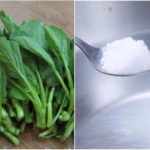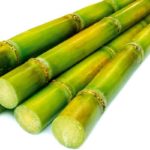Summer is a time when we all crave refreshing drinks and fruits to beat the heat. One of the most popular summer fruits is the cantaloupe, also known as muskmelon. This delicious and sweet fruit is packed with nutrients, including folic acid, calcium, vitamins C, K, and A, as well as potassium, magnesium, and phosphorus.
The best way to enjoy cantaloupe is to peel it, cut it into small pieces, and chill it in the fridge for a few hours. But how do you choose the perfect cantaloupe? Many people wonder whether they should buy a melon with or without its stem.
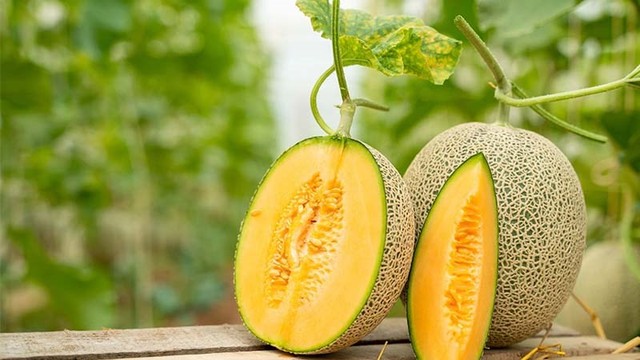
Cantaloupes are a delicious way to cool off during the hot summer months (Illustrative image)
So, should you buy a cantaloupe with or without its stem? Many people believe that a cantaloupe with its stem still attached is fresher and sweeter. However, others argue that a cantaloupe without its stem is riper. Which is the correct answer?
Should You Buy a Cantaloupe with the Stem Intact?
According to experienced shoppers, when it comes to choosing the perfect cantaloupe, it’s best to opt for one without the stem. Additionally, take a close look at the spot where the stem used to be—the top of the cantaloupe. When the stem falls off, it leaves a slightly indented, round, and smooth spot with a serrated edge.
These signs indicate that the cantaloupe is ripe, sweet, and crunchy. Moreover, a naturally ripened cantaloupe will have a stem that falls off on its own, without any chemical or human intervention.
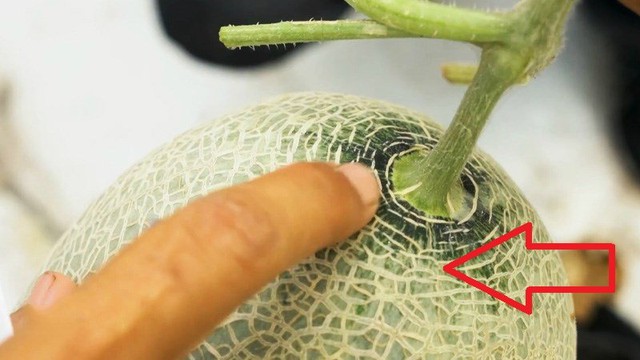
Opt for cantaloupes without the stem (Illustrative image)
In addition to the stem, there are a few other characteristics to consider when selecting a cantaloupe.
– First, look at the rind. The thicker and drier the rind, the better the cantaloupe. A good cantaloupe should have a slightly bumpy rind with a consistent yellow or green color, preferably with some white veins.
You can also gently press the cantaloupe to test its firmness. It should be slightly soft but not too mushy. An overly soft cantaloupe may be overripe and spoil quickly, or it may taste sour. On the other hand, a very hard cantaloupe may not be ripe enough.
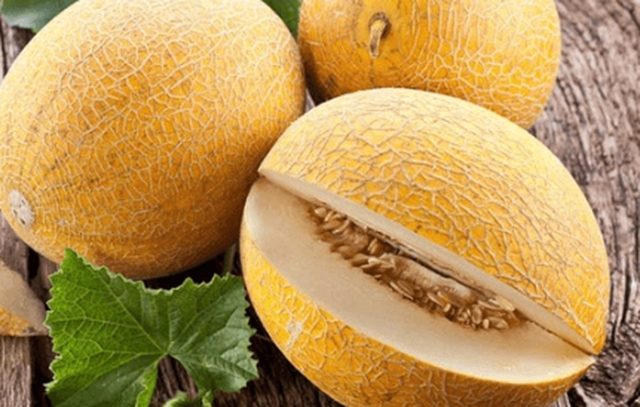
A good cantaloupe has a slightly bumpy rind with consistent coloring (Illustrative image)
– Next, consider the shape of the cantaloupe. A perfectly ripe cantaloupe is usually round or oval. Avoid cantaloupes with dents, indentations, or dark spots.
If the cantaloupe is slightly pointed at both ends, it may not have received enough sunlight during its growth, affecting its water content and overall taste.
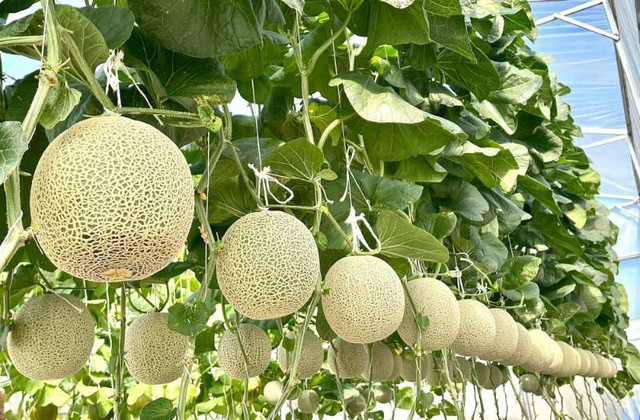
Illustrative image
– Finally, smell the cantaloupe. A ripe cantaloupe will have a subtle, sweet fragrance. If the scent is too strong, the cantaloupe may be overripe, and the flesh may be mushy and overly sweet. Of course, if the cantaloupe has an unpleasant odor or visible signs of rot, such as dark spots, avoid it altogether.
To deceive consumers, some vendors may use chemicals to speed up the ripening process and enhance the appearance and fragrance of the cantaloupes. To test for this, try the following:
– After purchasing a cantaloupe, place it in the refrigerator for a few hours. If the rind starts to soften and develop dark spots or signs of rot, it likely contains preservatives or has been treated with chemicals. Therefore, it is not safe for consumption.

If the cantaloupe softens and develops dark spots after refrigeration, it may contain chemicals (Illustrative image)
Uncover the Surprising Health Advantages of Sugarcane Juice
Do you believe in the power of sugarcane juice? From giving your body an energizing natural boost to detoxifying your liver and aiding digestion, this drink offers an array of benefits. Not to mention its ability to help maintain healthy teeth, clear up skin, and combat fatigue. Have you ever wondered what wonders a simple glass of sugarcane juice can do for you?



























